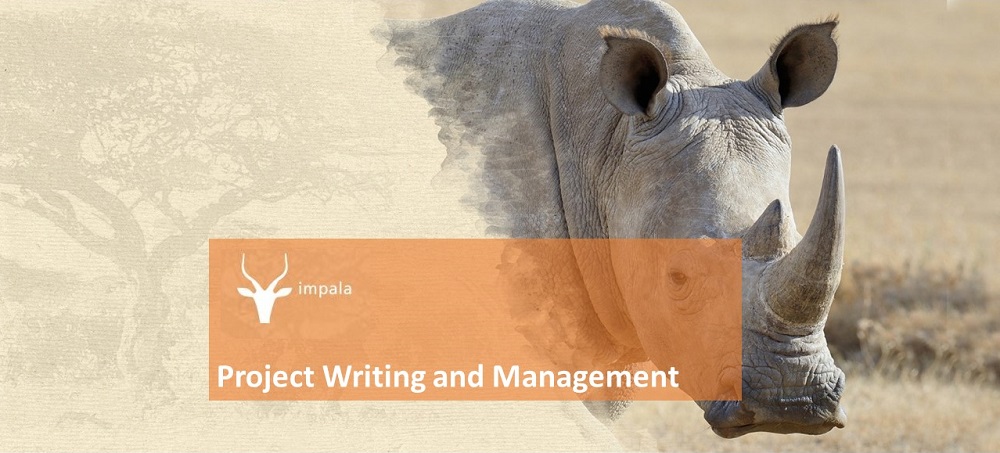Most calls for proposals require the establishment of a consortium of two or more institutions.
A consortium may include not only higher education institutions but also NGOs, public authorities, associations, consulting and other types of companies. It is usually the applicant organization that sets up the most appropriate consortium, adopting different criteria depending on the project idea. To do this, it may be useful to produce a project outline, a tool that will the applicant communicate to its potential partners the main features of the project idea as well as to summarize and clarify its goals and strategies.
Drafting a good project outline
Developing a good project proposal involves different steps and methodologies. One crucial phase is setting up the consortium that will design the proposal under the supervision of the coordinator/applicant. Only a few calls can be tackled by single institutions. Most of the opportunities available to universities require the involvement of more than one partner, with consortia that range from two or three institutions to major collaborations with more than 20 actors. Some projects are designed only for universities, while others involve NGOs, public authorities, associations, consulting and other types of companies. In some cases, consortia are made up of partners that are mostly homogeneous, while in others, the partners are more complementary and bring different skills and expertise to the table.
But how can partners unite around a proposal?
Approaches vary but in most cases, potential partners are contacted online or by phone by the applicant/coordinator. For these purposes, it may be useful to prepare a project outline of one or two pages summarizing the main elements of the proposal. It helps to inform partners, but also to clarify to the coordinator the structure of the project proposal. In fact, a project outline template covers the main dimensions of an application form and fosters the planning of phases, activities and roles. This last aspect can be crucial. Most potential partners need to know not only the goals and deliverables of the project, but also to what extent they are expected to contribute. Sometimes, they insist on knowing their own budget responsibilities.
This is why the project outline phase deserves attention. A clear outline reduces misunderstandings among partners and identifies the main features of the project without necessarily detailing all the individual steps, results and activities. Finally, part of the project outline can be personalized for each partner. In most cases, the coordinator expects different contributions from each partner and this should be described clearly in the project outline.
Please find below a template of project outline that can be used once the initial project idea has been developed and you are in the process of searching for partners.
Project outline template
Name of the funding programme: [example: Erasmus Plus – KA2 Capacity building for higher education]
Proposed title of the project:…………………
Duration: ……………
Target countries: …………………
Tentative partners (include partners that have not confirmed yet, specifying their pending status): …………………
Brief context analysis and problems to be solved:………………………
Objectives of the project:………………
Main activities and outcomes divided into different project phases:…………………………
Expected contribution from partner institution (specify what is expected per phase and block of activities. If possible, provide preliminary information on the amount of time needed):………………
Overall budget and criteria for distributing the resources among partners: ………………


